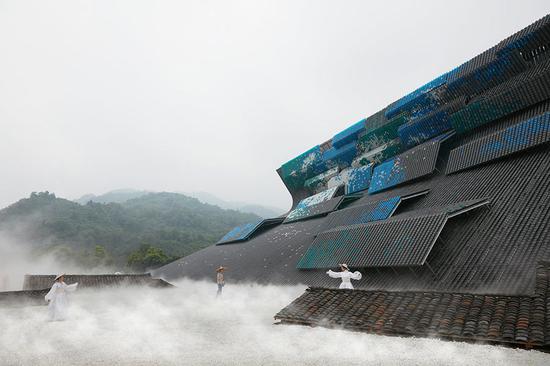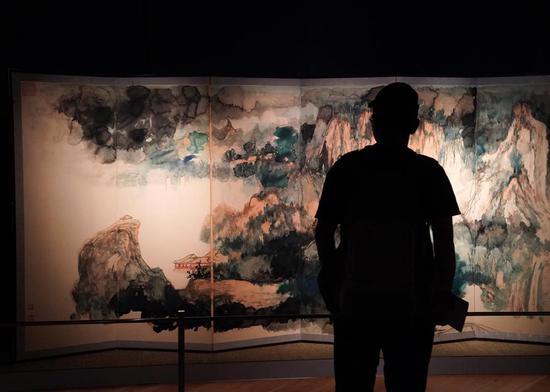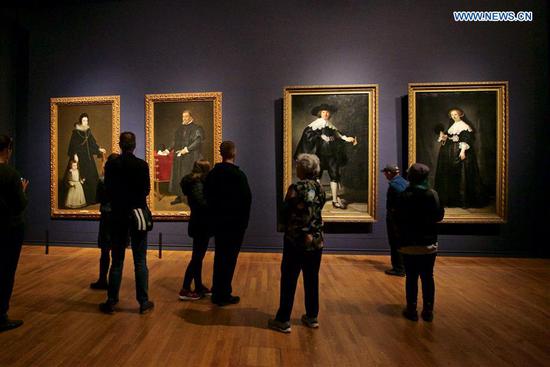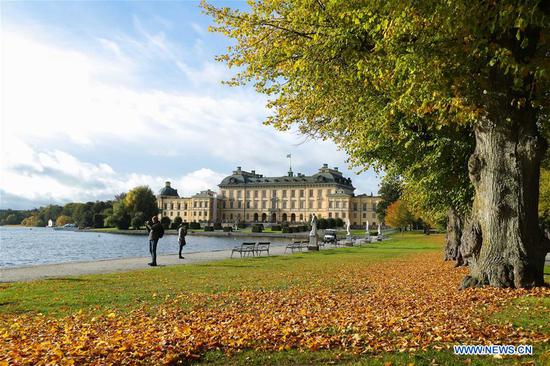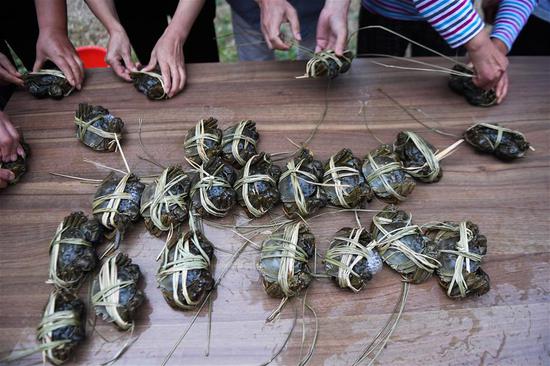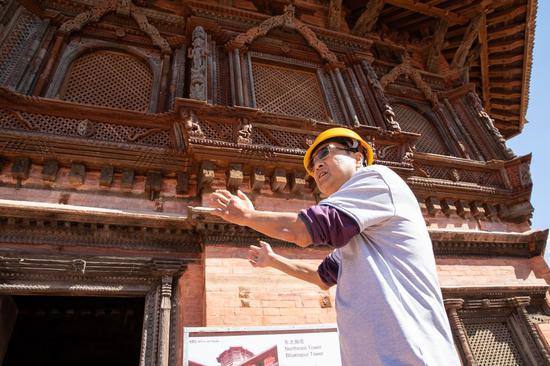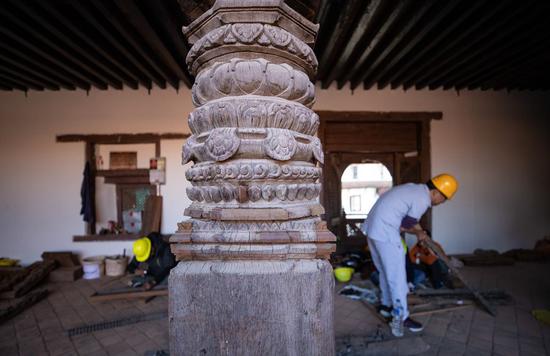
ENHANCING CULTURAL INHERITANCE
Zhou said the restoration project will contribute to maintaining Nepal's history and culture. "We are trying to restore the heritage and make it stronger than before, so that it can survive longer."
"We met difficulties during the work due to lack of detailed references about the heritage, but we have drawn pictures and made specific records for our restoration regarding the methods and crafts. We will provide the record to the Nepali side in case they need to maintain the heritage," Zhou said.
The Chinese team is also planning to establish a digital museum about the sculptures in the temple, said Guo.
It is worth making a digital collection because "sculptures of the nine-storeyed Basantapur complex are among the best," Guo said.
"For years, there were no chances for the craftsmen to exercise their skills, and the traditional market is shrinking as many of the craftsmen now work as tour guides or vendors in the tourism sites," Guo said.
"But with the project, many craftsmen have taken up their former occupations to save their culture. It is also a cultural inheritance for the locals, as the more they practice, the more skills can be taught to the next generations," Guo said.
The hilly country of Nepal is known for its exotic and mysterious Himalayan culture and ancient heritages of Buddhism and Hinduism, attracting numerous visitors from the rest of the world to the nation for "soul purifying" journeys.
The Chinese restorers have said they hope to help revive the allure of Nepal.















